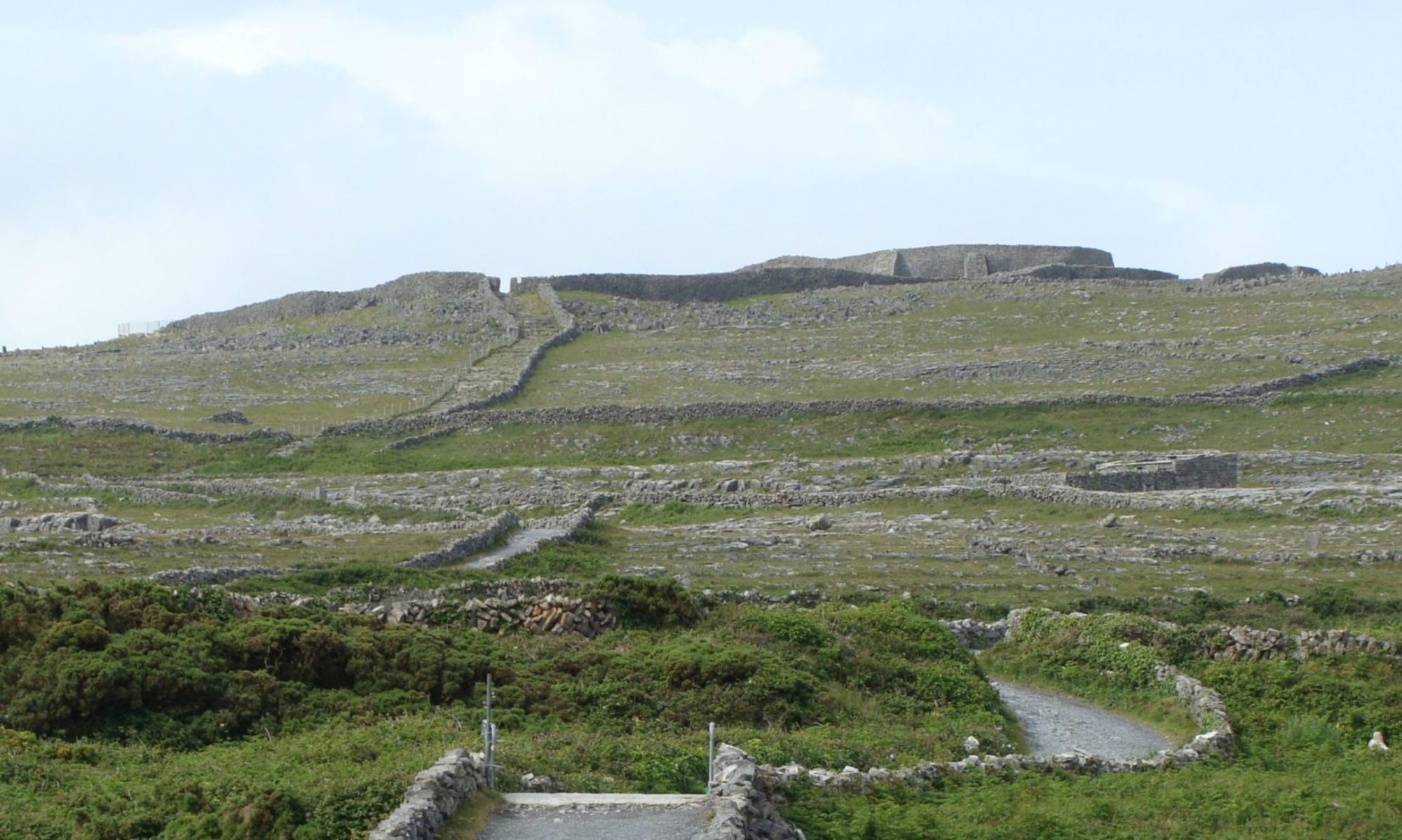Academic libraries today are important laboratories for student experimentation and creativity. Creating an environment that is conducive to student learning and success is a benchmark that many libraries have achieved within the last decade. Northwestern University’s libraries engaged in a participatory design exercise with input from design school students, staff and faculty. The final design submitted by the design students was very similar to the designs submitted by the architects. This is a great example of what we’ve been talking about all semester: Transparency and user-centered design are key features of the hyperlinked library.
In my library, we have just invited the Interior Design Club to evaluate our technical processing area to see how it can be streamlined for better workflow. While this area is not a public space, the fact that we seek assistance from our students sends a message that we welcome student input on library decision making.
Northwestern also created a library liaison program with non-academic departments such as Athletics, Health Services and Student Life with the understanding that staff in these departments may seek assistance from library personnel where student welfare is involved.

Why is student welfare so important to the library? In Char Booth’s “live” discussion, she advocated that academic libraries shouldn’t just be focused on students’ brains, but the “whole student”. Are we (libraries) aware of the housing and food insecurity that our students may be experiencing? With the recent change in our political landscape, how can we make everyone on campus feel like they are part of the community and feel safe on campus? How does the insecurity one feels affect their learning, and how can the library help to alleviate that stress?
References:
Swindles, G. & Ryan, M. (2014). Library practice as participatory design. In N.F. Foster (Ed.), Participatory design in academic libraries: New reports and findings (pp.100-108). Washington, D.C.: Council on Library and Information Resources. Retrieved from https://www.clir.org/pubs/reports/pub161/pub161.pdf
